Article by: Farlyn Lucas
Wound healing depends upon a complex interplay of factors, from age and immune response, to nutrient supply. One essential factor in wound healing is healthy nutrition. In this article we will explore what healthy nutrition is, the nutrition challenges in the older population, how nutrition affects wound healing, and how nurses can promote healthy nutrition in their patients.
What Is Healthy Nutrition?
According to the Centers For Disease Control and Prevention (CDC), the Dietary Guidelines for Americans 2015–2020 include an eating plan that:
- Emphasizes fruits, vegetables, whole grains, and fat-free or low-fat milk and milk products
- Includes lean meats, poultry, fish, beans, eggs, and nuts
- Is low in saturated fats, trans fats, cholesterol, salt (sodium), and added sugars
- Stays within your daily calorie needs
The Dietary Guidelines are a good starting point for healthy nutrition. However, there are a few other components that comprise healthy nutrition. One is intake of insoluble fiber. According to the Journal of Nutrition, supplementing the diet with insoluble fiber, such as that found in cereal grains has been shown to improve insulin resistance and diabetes risk. The Journal of Nutrition also describes medium chain triglycerides (MCT) as a fundamental, and often missing, piece of healthy nutrition. This especially applies to the elderly population.
Lastly, the CDC notes reduction in intake of sugar sweetened beverages (SSB) as an indispensable part of healthy nutrition. They write, “Adults and adolescents who smoke, don’t get enough sleep, don’t exercise much, eat fast food often and who do not eat fruit regularly are more likely to be frequent consumers of SSBs.”
Nutrition Challenges In The Elderly Population
While achieving healthy nutrition can be a challenge for anyone, for the elderly population, it is especially relevant. According to the World Health Organization (WHO), “Older persons are particularly vulnerable to malnutrition. Moreover, attempts to provide them with adequate nutrition encounter many practical problems. First, their nutritional requirements are not well defined. Since both lean body mass and basal metabolic rate decline with age, an older person’s energy requirement per kilogram of body weight is also reduced.”
The WHO goes on to describe the changes in nutrient needs that occur with aging, as well as the need for ongoing review of nutrient intake in the elderly population. One factor is malnutrition, which is associated with increased risk of disease. Further, they write, “Dietary fat seems to be associated with cancer of the colon, pancreas and prostate.” Degenerative diseases such as cardiovascular and cerebrovascular disease, diabetes, osteoporosis and cancer, are also diet-affected.

Of note, the WHO points out that, “Increasingly in the diet/disease debate, the role that micronutrients play in promoting health and preventing noncommunicable disease is receiving considerable attention. Micronutrient deficiencies are often common in elderly people due to a number of factors such as their reduced food intake and a lack of variety in the foods they eat.”
In a panel discussion of the Nutrition Society, the Society’s President, Professor Philip C. Calder, Professor of Nutritional Immunology, University of Southampton, discussed age-related immunological decline and the immune response in the elderly population and that maintaining healthy immune response can be achieved through improving the intake of several nutrients including iron, zinc and vitamin E.
How Nutrition Healing Affects Wound Healing
For the elderly population, wound healing is a constant challenge. Successful wound healing involves many factors, but one crucial one in healthy nutrition. According to WoundResearch.com, “The role of nutrition in wound healing may be overlooked in the wound care patient. Like the specialty, it is often multifaceted, with many nutritional components playing a variety of roles in the wound healing process. Suboptimal nutrition can alter immune function, collagen synthesis, and wound tensile strength, all of which are essential in the wound healing process.”

The wound healing process depends on three nutritional factors. First, an increased energy demand. As the WoundResearch.com points out, “Caloric needs during wound healing are estimated at 30-35 kcal/kg,15 or up to 40 kcal/kg if the patient is underweight, but may need to be individualized based on age, comorbidities, body weight, activity level, stage of the healing process, and the severity, size, and number of wounds.”
The second factor is fluid intake. In wound healing fluid functions to maintain skin turgor and promote tissue perfusion and oxygenation. Water also serves as a diluent for glucose, waste removal, and micronutrients.
The third factor is micronutrient intake. Amino acids such as arginine and glutamate have been indicated to be important in the wound healing process. Moreover, vitamins such as A, C, and D have been shown to be beneficial in wound healing regardless of deficiency status, with deficiency showing impairment in wound closure. Minerals are also fundamental to wound healing, as zinc, selenium, and iron have been postulated as beneficial in wound healing.
Steps To Better Nutrition
Knowing that healthy nutrition improves wound healing empowers nurses to take active steps in improving the nutrition status of their patients. A basic starting point is to ensure adequate intake of foods rich in B12, magnesium and vitamins A, C and D. Further, the focus should be on high-fiber foods, leafy green vegetables, whole grains, and low-fat or nonfat milk and milk products. To prevent dehydration, the elderly should drink small amounts of fluids throughout the day, consuming at least 1.7 liters of fluid every 24 hours.
According to the Academy of Nutrition and Dietetics, “Eating a variety of foods from all food groups can help supply the nutrients a person needs as they age. A healthy eating plan emphasizes fruit, vegetables, whole grains and low-fat or fat-free dairy; includes lean meat, poultry, fish, beans, eggs and nuts; and is low in saturated fats, trans fats, salt (sodium) and added sugars.”
Lastly, according to Tandurust.com, increasing appetite can be achieved through the following steps,
- Making a habit of eating meals at fixed time every day
- Eating small meals frequently
- Eating together, which makes the atmosphere is pleasant and social
- Eating sweet and fiber foods, which can increase fullness for a longer period of time, in moderate amounts
- Avoid drinking tea and coffee frequently as this may reduce appetite
AUTHOR BIO: Claire Nana, LMFT, is a Licensed Marriage and Family Therapist who specializes in post-traumatic growth, optimal performance, and wellness. Shas written over thirty continuing education courses on a variety of topics from Nutrition and Mental Health, Wound Care, Post-Traumatic Growth, Motivation, Stigma.




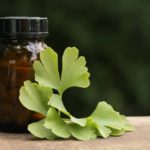
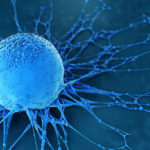
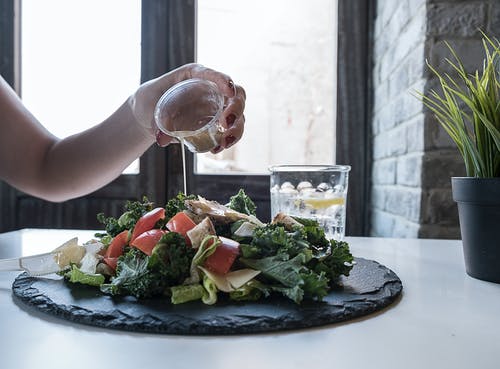

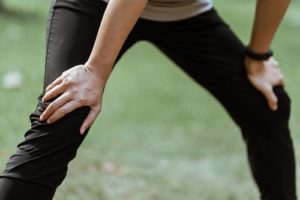


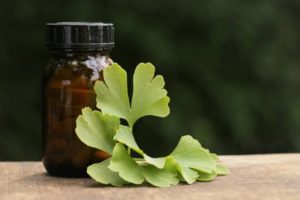
More Stories
Fitness Tech Tips for Older Adults
Exercises That Can Help Fix Your Posture
The Top 55 Foods for a Lean-Body